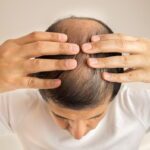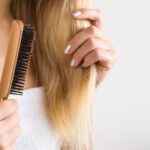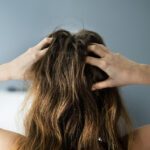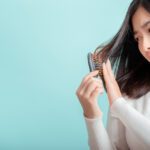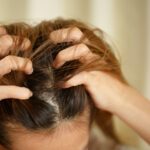I'm losing my hair: how can photobiomodulation help?
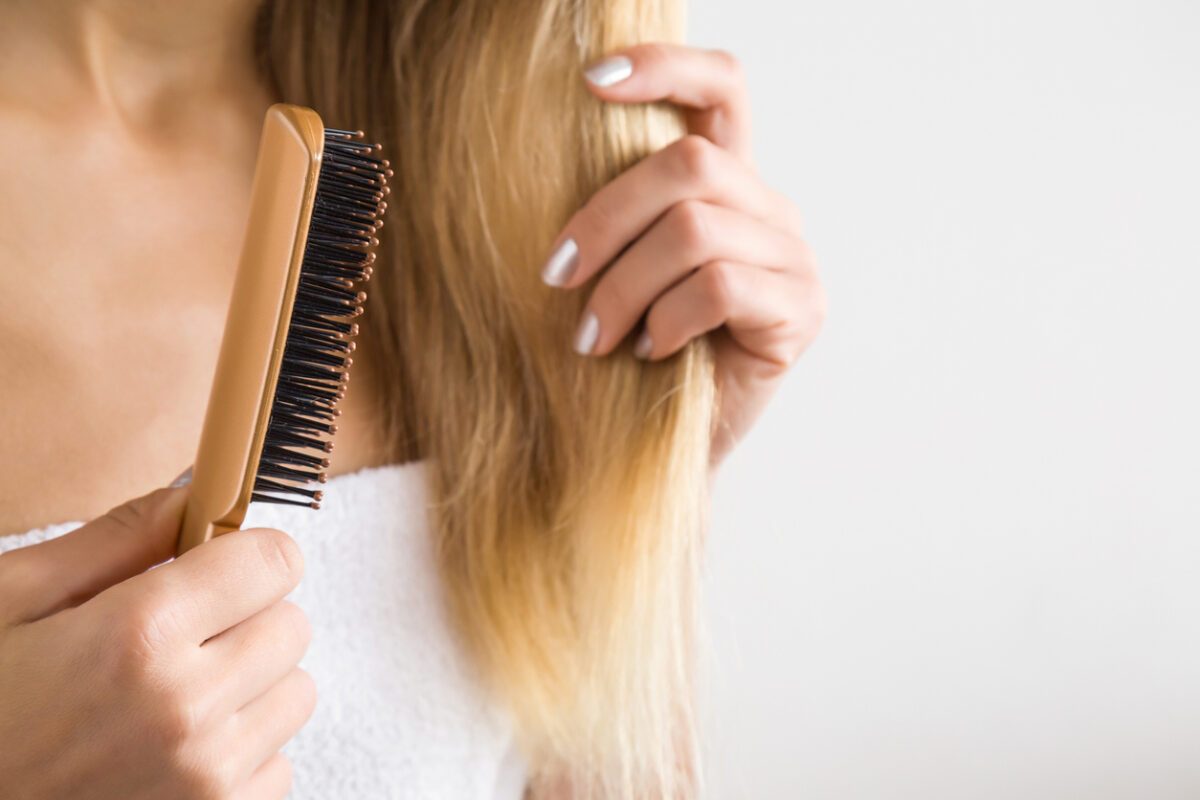
Hair loss is a common concern that affects many people at different times of the year. This hair loss can be caused by a variety of factors, including the seasons, stress and medical conditions such as alopecia. To support hair growth, non-invasive solutions are available, including photobiomodulation, a technique using LEDs and lasers.
Understanding hair loss and seasonal factors
Hair loss is a natural phenomenon that can occur at certain times of the year. In autumn, for example, it's not uncommon to see an increase in hair loss.
This seasonality is often linked to the natural hair growth cycle, which follows a pattern of continuous renewal. Seasonal variations influence this cycle, leading to more pronounced periods of hair loss.
Causes of seasonal hair loss
The various reasons behind seasonal hair loss are :
- Hormonal variations: changes in light and temperature can affect hormone levels, influencing hair growth.
- Environmental stress: the transition from one season to the next can put stress on the body, including the scalp, leading to increased hair loss.
- Nutritional deficiencies: in winter, the diet may be less rich in essential vitamins, which has an impact on hair health.
Photobiomodulation to support hair growth
Photobiomodulation is an innovative technique that uses LEDs and lasers to emit specific wavelengths of light. This light penetrates scalp tissue to stimulate cells and promote hair growth.
Unlike conventional drug treatment, the photobiomodulation method is non-invasive and has no side effects, making it attractive to those seeking to improve their capillary well-being.
The benefits of photobiomodulation
Photobiomodulation sessions help manage hair loss by :
- Stimulating hair follicles: LED light and laser penetrate follicles, increasing cellular energy and promoting hair growth.
- Improving blood circulation: light helps dilate blood vessels in the scalp, increasing the supply of nutrients and oxygen to follicles.
- Reducing inflammation: the anti-inflammatory properties of light have beneficial effects on the scalp. They reduce the irritation that can contribute to hair loss.
Procedure for photobiomodulation sessions
During a photobiomodulation session, a helmet equipped with LEDs and lasers is placed on the head and emits a soft light onto the scalp.
Several sessions a week, lasting 20 to 30 minutes each, are recommended for optimum results. The first effects on scalp and hair can be seen after a few weeks, with continued improvement over the months.
Results expected from photobiomodulation
People who opt for photobiomodulation can expect a gradual reduction in hair loss and an improvement in hair density.
Results vary according to the initial condition of the hair and scalp, but most users see noticeable regrowth after several months of regular sessions.
Factors influencing results
The results of photobiomodulation sessions depend on :
- Frequency of sessions: regular, frequent sessions improve results.
- Initial hair condition: people who have experienced fairly recent hair loss tend to see faster results.
- Healthy lifestyle: a balanced diet and a healthy lifestyle complement the benefits of photobiomodulation and effectively improve scalp and hair health.
Conclusion
Photobiomodulation is a promising solution for those seeking to improve their capillary well-being and combat hair loss. Using light from LEDs and lasers to stimulate hair follicles and improve scalp health, this non-invasive technique helps manage hair loss. Regular sessions can help improve results, supporting hair growth and density.

